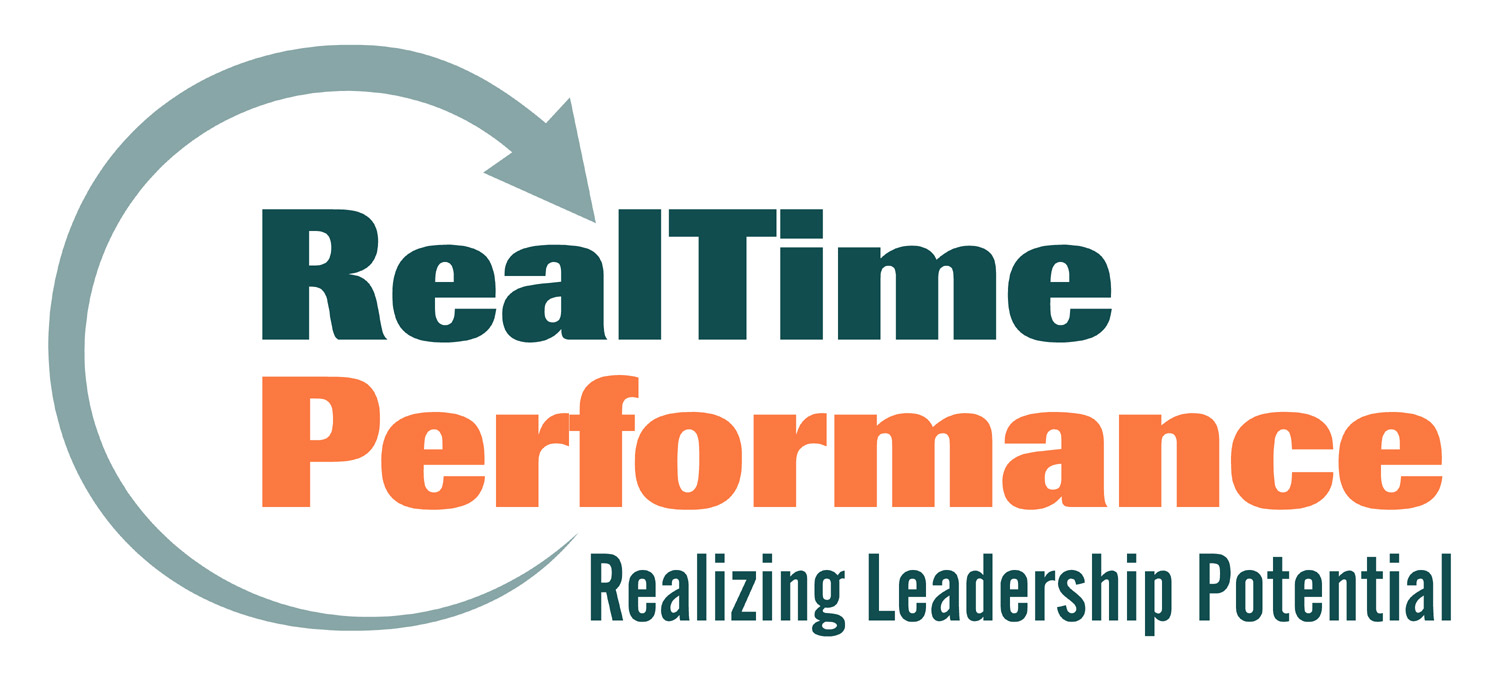Laird Hamilton surfing Teahupoo on August 17, 2000. Photo: Tim McKenna
On August 17, 2000, Laird Hamilton was surfing a famous break off Tahiti called Teahupoo. The break at Teahupoo already had a fierce reputation, but on this day, Laird and his friend Darrick Doerner saw a wave approaching unlike anything they had ever seen before or since. Doerner was on a jet ski, towing Laird into the wave when the magnitude of the wave hit him:
“I towed him onto this wave and it was to the point where I almost said ‘don’t let go of the rope.’ But when I looked back, he was gone.”
Laird let go of the rope to ride a wave that has been described as, “almost unfathomable in its mass, power and ferocity.” It is widely regarded as the heaviest wave ever surfed and is known in surfing culture as the Millennium Wave.
What happened next has became surfing legend. The wave was so powerful, the hydraulic force began to pull Laird up onto its steep face, and was preparing to literally crush him on the reef. No one had ever rode a wave like that before and because of the shape of the wave and his position on it, he couldn’t do what he normally would do in that situation – drag his front hand in the water. Laird had the presence of mind to calmly assess the situation and come up with a solution. Here is how Sam George, the former senior editor of Surfer magazine describes what he saw:
Laird’s ride at Teahupoo was the most amazing, single most significant ride in surfing history. More than any other ride, because of what he did. It completely restructured collectively our entire perception of what was possible. Normally surfers are dragging [their font] hand, along the face. Laird had to drag his right, his back hand, on the opposite side of his board, to keep himself from getting sucked up in that hydraulic. You know, in the middle of that maelstrom, how did his mind say, “this is what I have to do?” No one had ever ridden as Laird rode on that wave before. And so it was the imagination of dealing with the unimaginable energy and coming up with a plan spontaneously. He couldn’t practice.
With that ride, Laird redefined what was possible in surfing.
Later, Laird’s father, Billy Hamilton, an accomplished big wave surfer himself, asked Laird the question that was on the mind of everyone else:
Why do you risk your life riding waves like this? and he looked at me – this is a week after he did this and he was kind of drained from the experience. I think he was humbled by the experience. And he goes, “Dad, I’ve trained my whole life for this. I don’t want to miss an opportunity like that.”
The wave represented the ultimate challenge for Laird, a force of nature worthy to test his talents. It was an opportunity to push himself, and the sport of surfing, beyond what was then considered possible, and he rose to the occasion.
As outsiders, or amateurs, when we see Laird Hamilton riding the Millennial Wave, it seems magical, almost beyond human, but to Laird, a professional who has spent years practicing and preparing for this moment, it is the natural extension of his life’s work.
In the biographies of successful people you’ll see a similar pattern. There is a long period of training and preparation until, at some point, forces align to present an opportunity. Consider Bill Gates and Paul Allen, and the hours of time they logged programming their high school computer in the early 1970s. By the time the personal computer wave gathered strength in the early 1980s, Gates and Allen were well positioned to ride that wave with Microsoft, the company they founded.
Luck plays a role too, no doubt. But I believe fortune merely dictates the size and magnitude of the wave, and maybe the frequency with which the really big opportunities arrive, but everyone gets at least one wave at some point in their life.
Shakespeare recognized this too.
“There is a tide in the affairs of men, Which taken at the flood, leads on to fortune. Omitted, all the voyage of their life is bound in shallows and in miseries. On such a full sea are we now afloat. And we must take the current when it serves, or lose our ventures.” – Shakespeare, Julius Caesar, Act 4, Scene 3
There is a lesson here for all of us. We don’t have to be professional big wave surfers to recognize that there are times in our career when we see a big wave forming. We have to ask ourselves, “are we going to paddle away from it, or paddle into it?” It doesn’t come without risk. But there is also risk in avoiding it.
Sean P. Murray is an author, speaker and consultant in the areas of leadership development and talent management. Learn more at RealTime Performance.
Twitter: @seanpmurray111
Image Source: Tim McKenna


